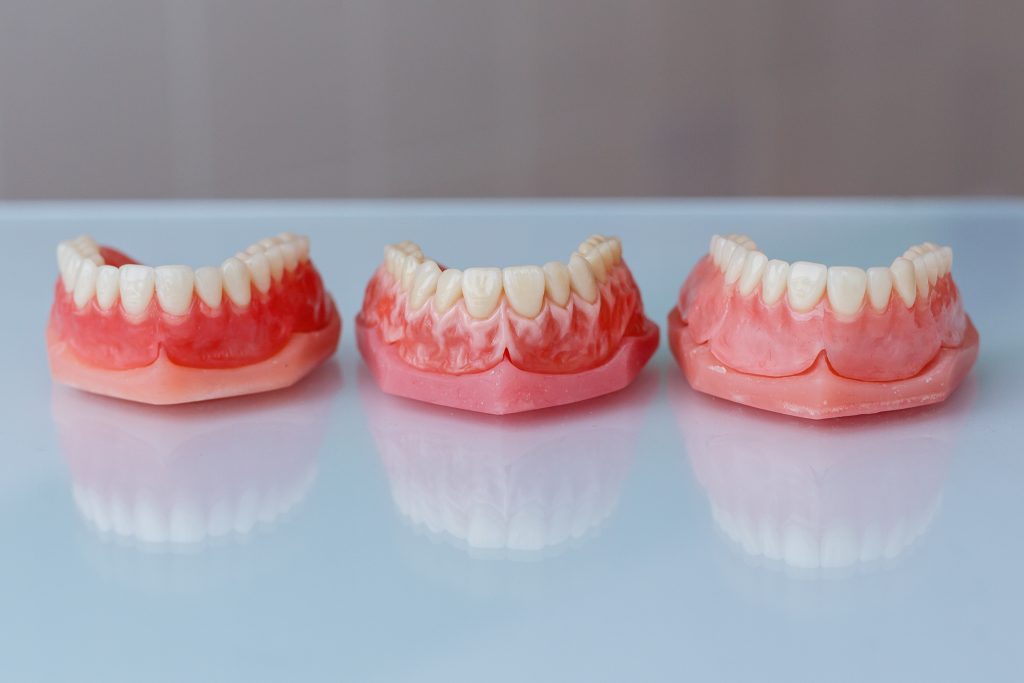
Tooth loss has long been a public health concern, whether caused by decay, gum disease, or injury. For much of modern history, dentures and bridges were the standard solution, but both came with compromises in stability, comfort, and long-term outcomes. Today, a new trend is reshaping dentistry worldwide: the rapid rise of dental implants.
According to recent market analyses, the demand for dental implants is growing at double-digit rates across North America, Europe, and Asia, driven by both aging populations and advances in implant technology. Clinicians and patients alike are beginning to see implants not as a luxury, but as the standard of care for replacing missing teeth.
Oral Health and Overall Health: An Overlooked Connection
The momentum behind dental implants is not just about aesthetics. A growing body of research highlights the profound connection between oral health and systemic health. Poor oral hygiene and untreated tooth loss are linked to higher risks of cardiovascular disease, diabetes, and nutritional deficiencies.
For instance, edentulous patients (those missing all teeth) often struggle with chewing efficiency, leading to restricted diets and poorer nutrition. This not only affects quality of life but may also worsen chronic conditions. By restoring natural chewing ability and stabilizing the bite, implants play a role that extends beyond the mouth, supporting better digestion, balanced diets, and even long-term systemic health outcomes.
Why Implants Outperform Traditional Solutions
Unlike removable dentures, which often slip or accelerate jawbone loss, implants fuse directly with the bone through osseointegration. This process ensures greater stability, improved function, and protection of the jaw’s structure.
Patients consistently report higher satisfaction rates with implants compared to dentures, citing improved speech, confidence, and comfort. From a clinical perspective, implants also help preserve alveolar bone, preventing the progressive facial collapse often associated with traditional prostheses.
The Role of Materials and Technology
Much of the recent success of implants can be attributed to advances in materials science and surface treatments. Titanium, particularly titanium grade 5 alloys, remains the gold standard in implant manufacturing due to its strength, biocompatibility, and resistance to corrosion.
Equally important are surface treatment systems like SLA (sandblasted, large-grit, acid-etched) and RBM (resorbable blast media), which accelerate bone integration and shorten healing times. These innovations allow clinicians to consider immediate or early loading protocols in cases where stability is sufficient, reducing patient downtime and improving satisfaction.
Companies at the forefront of implant development, such as Dental Implant Supplier GDT Implants, have expanded their portfolios to include a wide range of implant systems that incorporate these advanced surface technologies, ensuring clinicians have predictable tools for a variety of clinical scenarios.
A Global Standard of Care
The shift toward implants is not confined to one region. In Europe, national health systems are increasingly recognizing their long-term benefits. In Asia, rising disposable income and awareness of oral health are fueling adoption. And in the United States, implants are now a mainstream treatment option in both private practices and academic centers.
As life expectancy continues to rise globally, the importance of maintaining oral health, not only for aesthetics, but for systemic well-being, will only grow. Dental implants represent more than a replacement for missing teeth; they are part of a larger movement in healthcare that prioritizes function, health, and quality of life.
